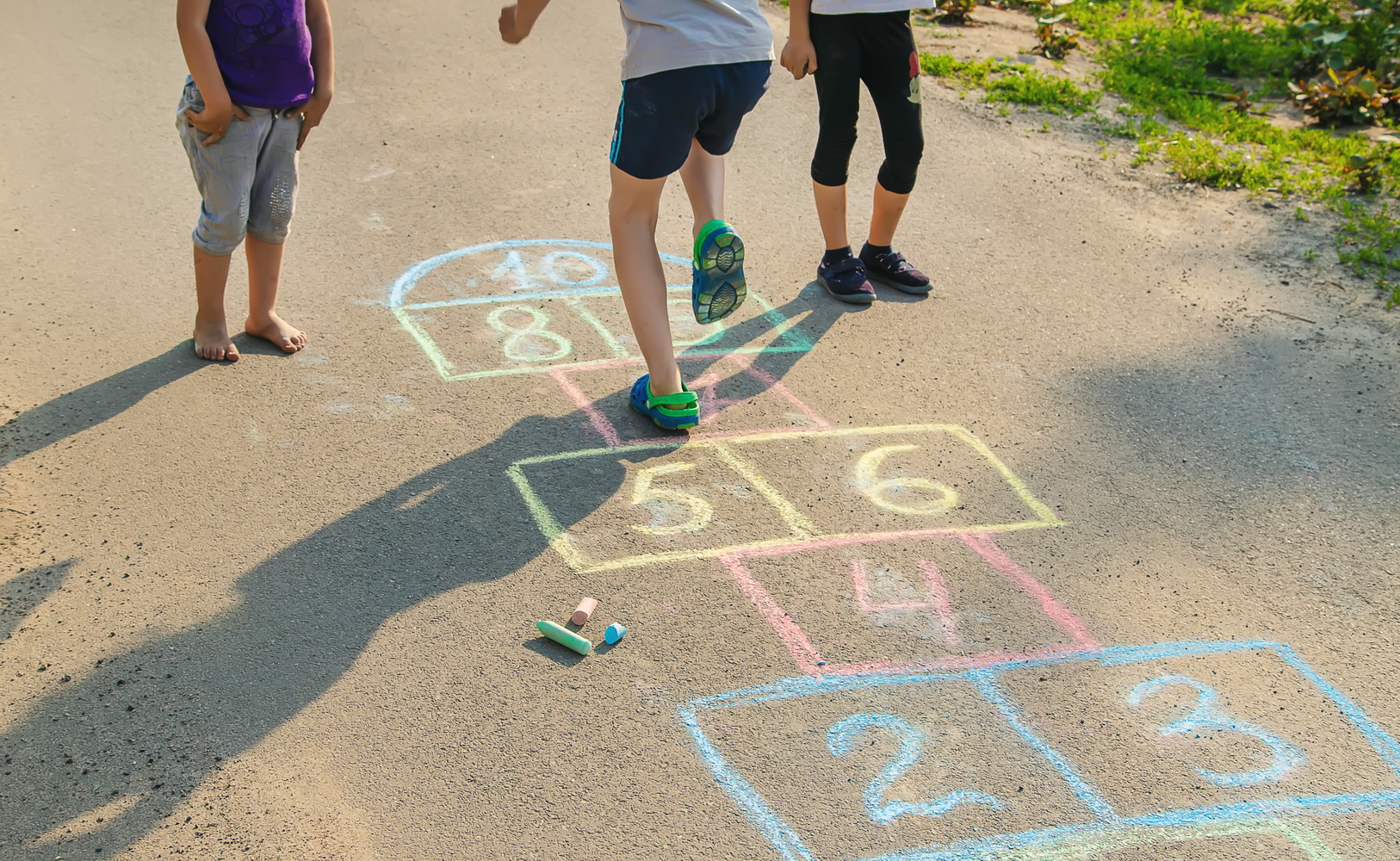Learning number patterns Math Worksheets for Ages 3-7
4 filtered results
-
From - To
Discover engaging and fun "Learning Number Patterns Math Worksheets" for ages 3-7 at Kids Academy. These expertly designed activities help young learners develop critical math skills through identifying and creating number sequences. Perfect for preschoolers and early elementary students, these worksheets make mastering patterns enjoyable with vibrant graphics and hands-on exercises. Aligning with early learning standards, our resources enhance cognitive development, promote problem-solving abilities, and build a strong math foundation. Foster a love of numbers today with our comprehensive collection – ideal for both classroom and at-home practice. Visit Kids Academy and download your free pattern worksheets now!
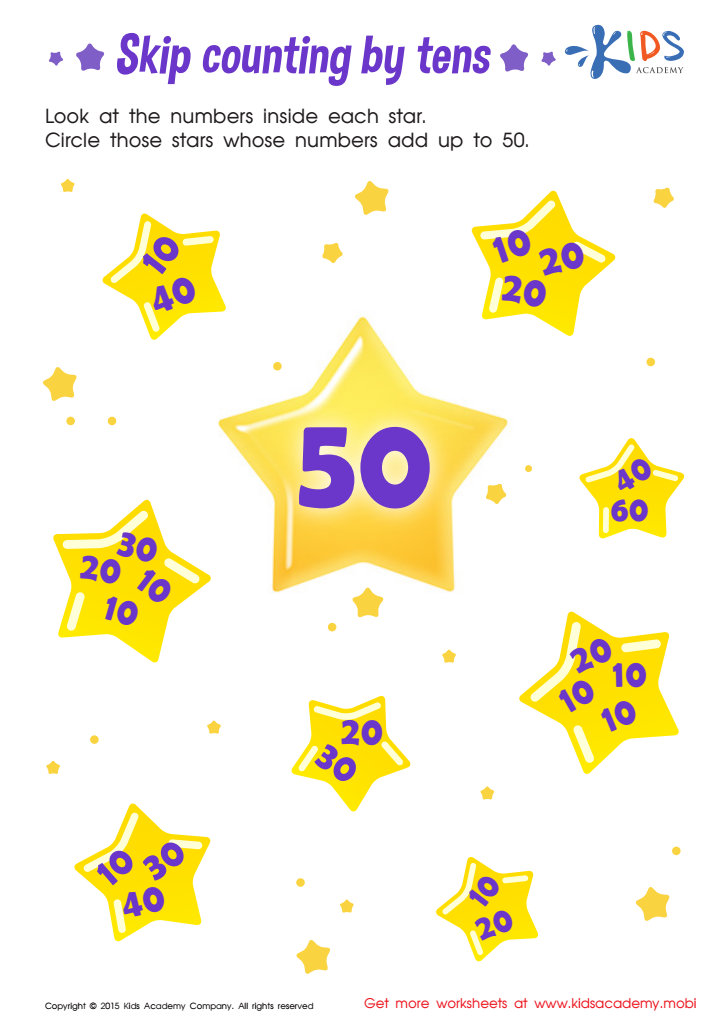

Learn Dozens: Skip Counting by Tens Printable
Understanding number patterns at an early age is crucial for young learners, ages 3-7. For both parents and teachers, fostering this foundational math skill matters for several reasons.
First, recognizing number patterns helps children develop critical thinking skills. It trains their brains to naturally look for relationships and sequences, which not only applies to math but extends to problem-solving in everyday life.
Second, early familiarity with number patterns strengthens arithmetic skills. For instance, when children understand simple patterns like counting by 2s, 5s, or 10s, it enhances their ability to quickly and accurately perform addition, subtraction, and eventually, multiplication and division.
Third, learning number patterns builds confidence in math. When young students can predict and understand sequences, they experience a sense of achievement which boosts their enthusiasm and motivation to tackle more complex mathematical concepts.
Lastly, early experience with number patterns lays a foundation for future learning. Many advanced math topics, such as algebra and functions, are rooted in an understanding of patterns and sequences. By building a strong base early, children are set up for success in their educational journey.
In essence, engaging kids in learning number patterns is not just about mastering math; it's about nurturing an analytical mindset that supports comprehensive cognitive and academic growth.
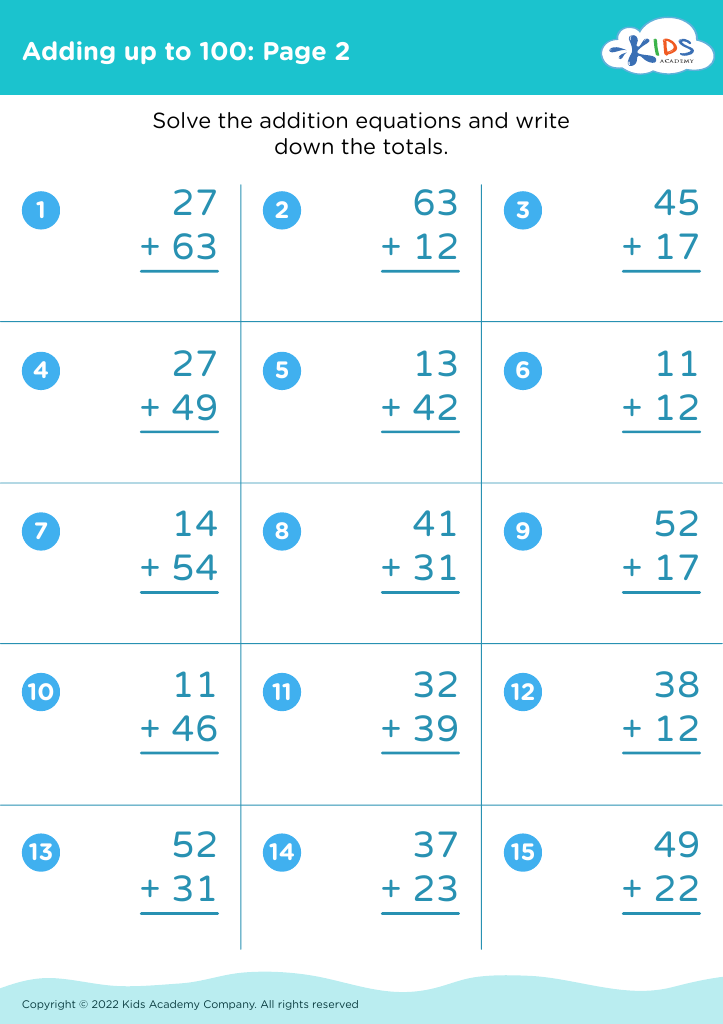

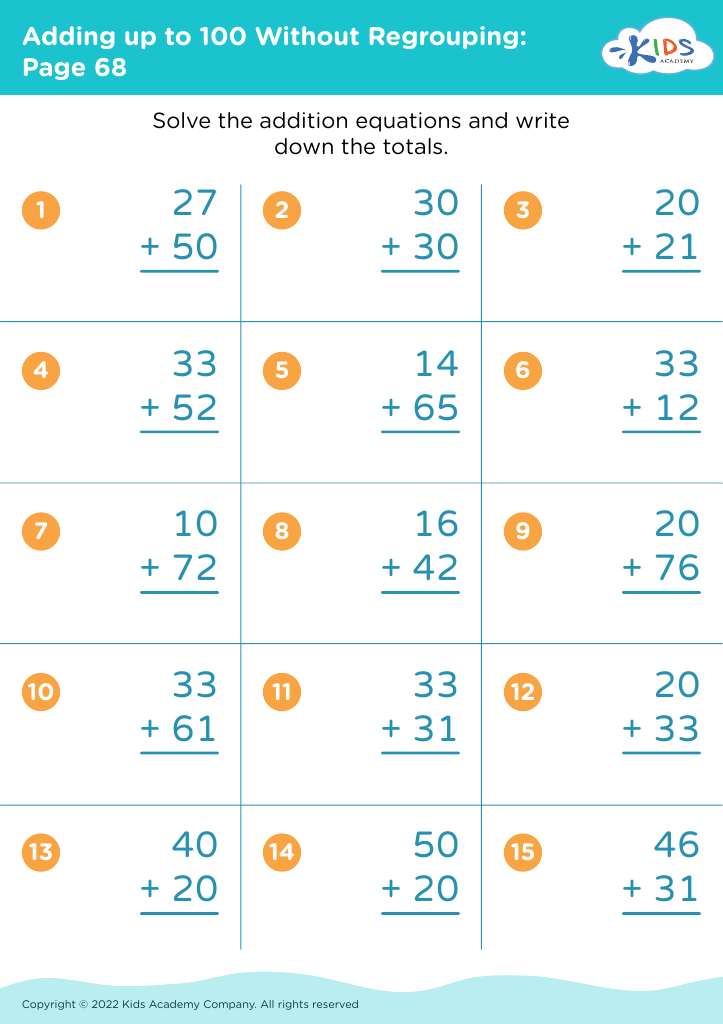
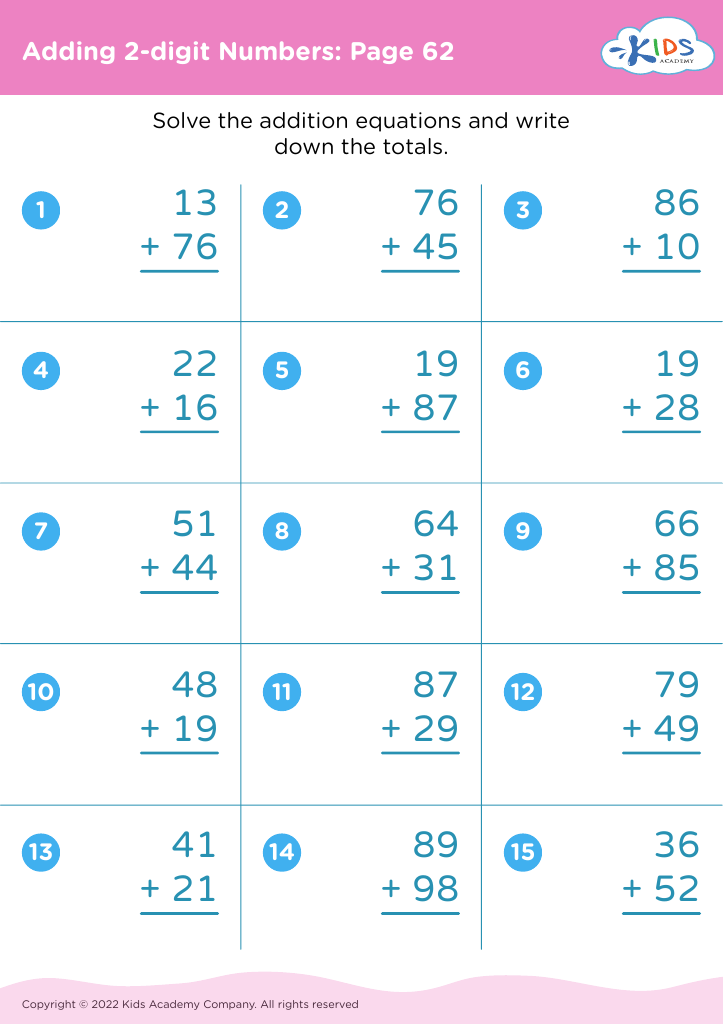
 Assign to My Students
Assign to My Students




